Hedge fund run by ex-gold trader soars on Chinese nickel bet
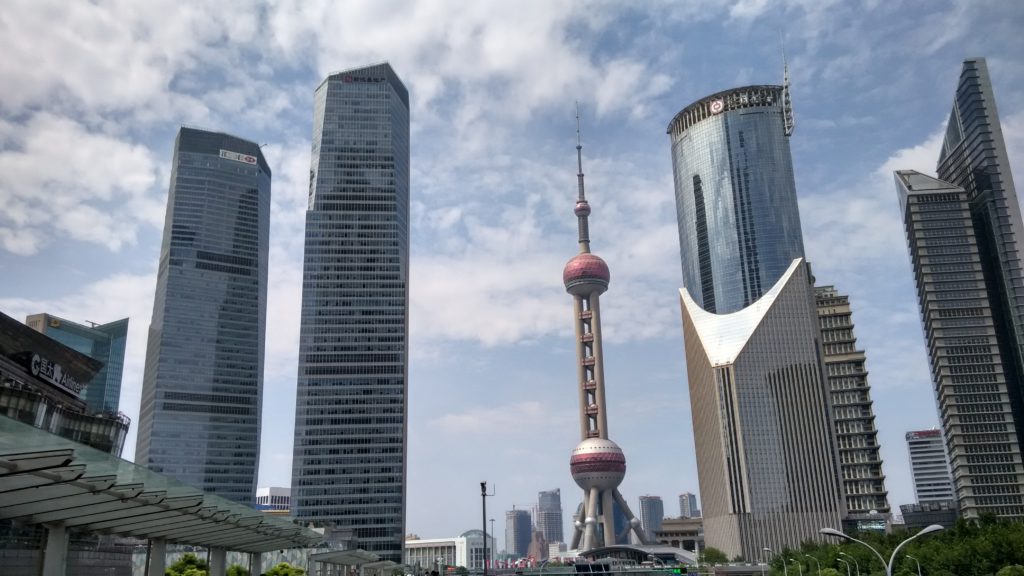
As the world was still guessing whether Vladimir Putin would invade Ukraine, a little-known hedge fund in Beijing was already betting that it would happen.
Henry Li’s Beijing Hede Fund Management Ltd. analyzed Russian exports in the days leading up to the war and decided to buy futures of nickel, a crucial material for electric-car batteries, wagering that the threat of sanctions on the world’s third-biggest producer would disrupt global supply and drive up prices.
The fund, which manages just under 500 million yuan ($75 million), built up a position from nearly zero on Feb. 18, to as much as 40% of overall exposure in about 10 days.
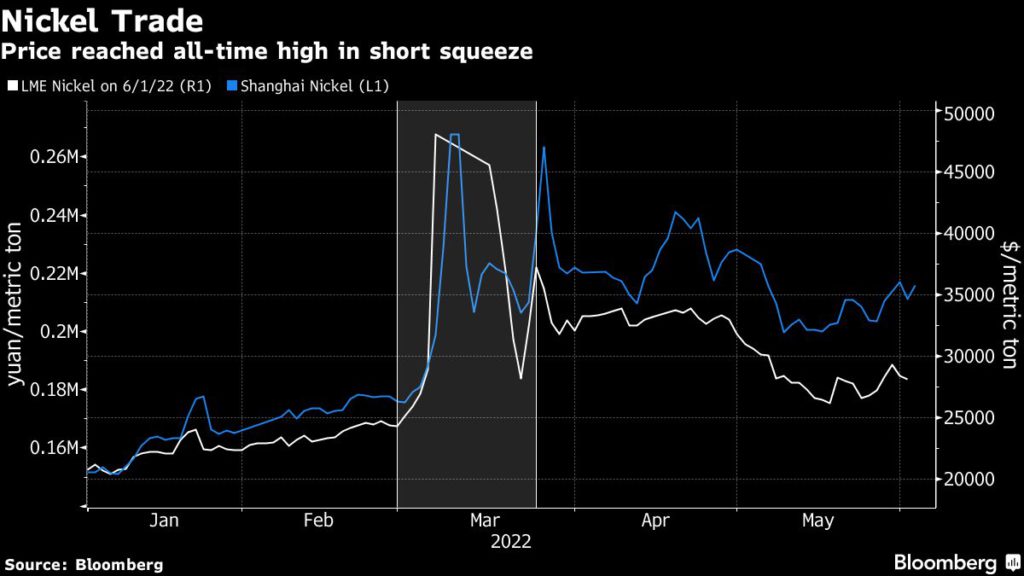
The bet paid off as nickel’s price moved sharply higher in the week after Russia’s invasion on Feb. 24, before a 250% spike in little more than 24 hours plunged the industry into chaos, leading the London Metal Exchange to suspend trading for the first time in three decades.
In Shanghai, where Li had placed his bets, nickel prices surged to the exchange’s trading limits for three consecutive days. The move helped Hede’s Oriental Star No. 1 fund book a 432% return through May 27, the highest this year among futures funds in China tracked by local research provider Shenzhen PaiPaiWang Investment & Management Co.
“We were certainly lucky,” said Li, the fund’s managing director and a former gold trader at Australia & New Zealand Banking Group Ltd., referring to the extent of nickel’s rise and the wide-ranging US sanctions — like his team had anticipated. Had trading limits in Shanghai not capped returns, the fund’s net value could have more than doubled above its present level, he said.
The spike was driven in large part by a short squeeze centered on Chinese tycoon Xiang Guangda, who had amassed a big wager that nickel prices would fall. Through his Tsingshan Holding Group Co., Xiang had wanted to increase nickel production, believing the obvious consequence of so much of the metal hitting the market would be a fall in its price.
On the other side, some hedge funds were buying nickel contracts in a bet on the electric vehicle boom. While Russia’s nickel exports weren’t targeted by sanctions, US and European buyers nonetheless sought alternatives to Russian sources.
The nickel surge is just one example of this year’s rally in commodities ranging from crude oil to aluminum, resulting in spectacular profits for hedge funds that trade in the goods.
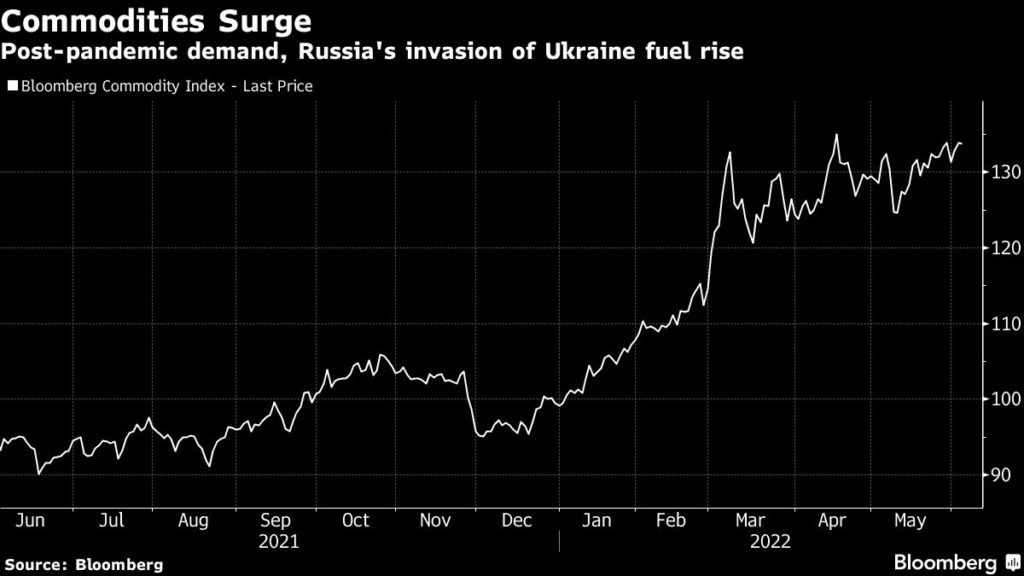
Gains at macro trader Said Haidar’s hedge fund topped 148% for the first quarter after the money manager made the most out of swings in interest rates and commodities. Oil trader Pierre Andurand extended his winning streak in the first months of this year.
In China, hedge funds trading such products also made money, even as turmoil in the nation’s stock market burned peers. The funds, known as commodity trading advisors, which specialize in buying futures and options frequently tied to commodities, returned an average 4.3% in the first four months, the only profitable strategy among eight tracked by PaiPaiWang in the country.
The almost 28,000 hedge funds tracked by the provider averaged an 8% loss. The nation’s stock benchmark CSI 300 Index slumped 19% through April 30, while the Bloomberg Commodity Index rose 31% in the period.
Elsewhere, Shanghai-based SHQX Asset Management, which manages about $2.3 billion, captured rallies from crude oil to nickel and aluminum, with the war in Ukraine widening gains, according to Deputy General Manager Lv Chengtao.
SHQX’s Qianxiang No. 21 fund, which manages about 90 million yuan and trades in more than 40 commodities, returned 44% as of May 25, the best performance among quant hedge funds managing more than 10 billion yuan, according to local consultancy Shanghai Suntime Information Technology Co.
Shenzhen-based Cygnus Capital, whose CTA fund manages about 150 million yuan in assets, bought commodity derivatives including oil and iron ore futures after its quantitative analysis showed the sector was at the early stages of a super cycle last year. The CTA fund returned 40% in the first four months of this year, after a gain of about 20% last year.
Still, China’s CTAs trailed global rivals overall. The HFM Managed Futures composite, a gauge of such funds worldwide, rose 10.2%, according to data provider With Intelligence.
The bigger increases in energy and agricultural prices in global markets compared to China could in part explain the lower performance of local funds in the first four months, said Li Minghong, a Shanghai-based fund of hedge funds manager at Aichen Asset.
Following his spectacular gains this year, Hede’s Li now sees few short-term opportunities in metals and he’s cautious on oil at its current level. Instead, his hedge fund is holding long positions in futures of agricultural products like soybean meal and apples.
(With assistance from Martin Ritchie)
More News
US excludes steel, aluminum, gold from reciprocal tariffs
The White House said steel and aluminum imports won’t be subject to reciprocal tariffs in a move that will provide at least some relief to domestic buyers already incurring 25% duties.
April 02, 2025 | 05:04 pm
Dirtiest US coal-fired power plant applies for EPA exemption
The Colstrip plant, located in eastern Montana, has the highest emission rate of fine particulate matter out of any coal-burning plant in the nation.
April 02, 2025 | 02:55 pm
{{ commodity.name }}
{{ post.title }}
{{ post.excerpt }}
{{ post.date }}

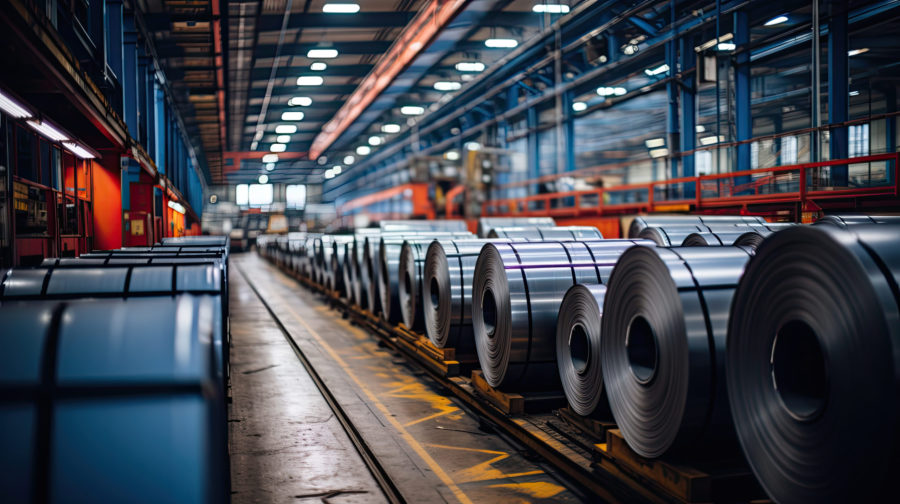
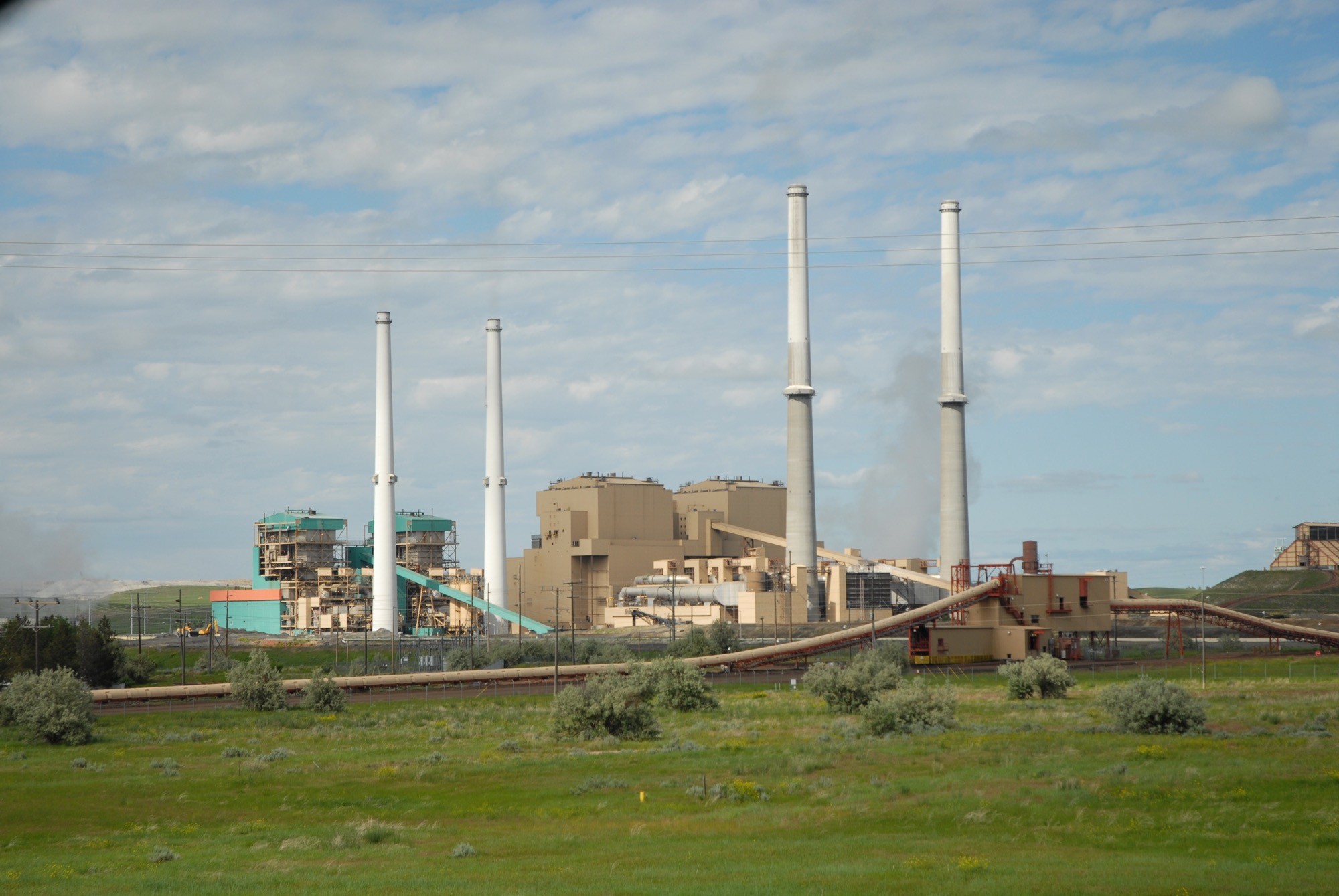
Comments